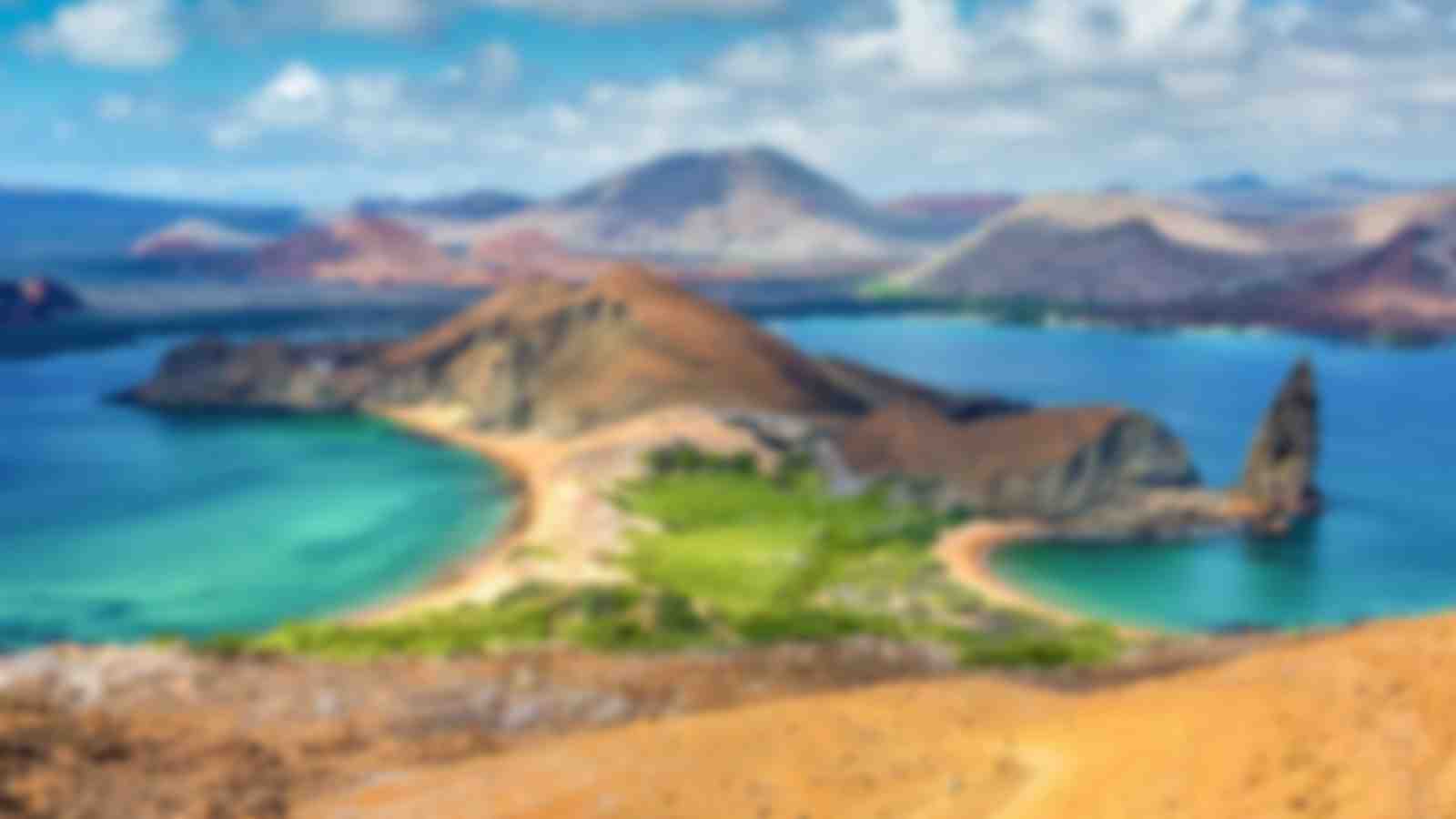
Ocean Spray Itinerary
Itinerary A - 5N6 days / 5 nights
About Ocean Spray
- Exceptional catamaran operated by an experienced operator
- Stunning sky deck furnished with a large daybed and hot tub
- Enjoy excursions led by dedicated naturalist guides
- Spacious understated cabins equipped with private balconies
Ocean Spray is a exceptional liveaboard vessel offering once-in-a-lifetime naturalist voyages in the Galapagos Islands. This classic catamaran has been redesigned to an impressive standard and now boasts understated elegance throughout – helping comfort-loving travellers have the time of their lives in the Galapagos. What’s more, each of Ocean Spray’s naturalist itineraries has been carefully crafted to ensure guests experience the best of the archipelago’s fascinating flora and fauna, alongside a suite of excursion gear to make the most of every moment.
Itinerary details
Highlights
- Meet the flightless cormorant at Espinoza Point
- See land iguanas and possibly giant tortoises at Urbina Bay
- Spot Darwin finches and mockingbirds at Tagus Cove
- Snorkel with sea turtles, cormorants and lots of fish at Moreno Point
- Witness the unparalleled biodiversity that inspired Charles Darwin
- South Plaza is known for its spectacular landscapes
Upon arrival, reception and assistance at the airport, transfer from Baltra Airport to the M/C Ocean Spray.
Transfer details
Departure
10:00am
Baltra
Baltra Airport: GPS
Return
12:00pm
Baltra
Baltra Airport: GPS
What's included
- Meals and snacks
- Water, tea and coffee
- Soft drinks and juices
- One glass of wine or beer
- Towels and toiletries
- Snorkeling gear
- Internet
- Kayaks or SUPS
- Land excursions
- Airport transfers
What's not included
- Travel and health insurance
- National park fee - US$200 per person
- Transit control card - US$20 per person
Optional Extras
- Single supplement - 50%
- Gratuities
- Alcoholic drinks
- Domestic flights
Diving environments
Payment & cancellation terms
- 121 days or more prior to the cruise departure date – a 10% cancellation fee out of the total amount of the cruise applies
- 120 to 61 days prior to the cruise departure date – a 20% cancellation fee out of the total amount of the cruise applies
- 60 days prior to the cruise departure date – a full cancellation fee out of the total amount of the cruise applies
Group bookings - separate payment and cancellation terms may apply.
Contact the ZuBlu travel team if you have any questions about payment terms and cancellation.
80% balance - due 61 days prior to departure.
Bookings received less than 61 days before departure require payment in full to secure reservation.